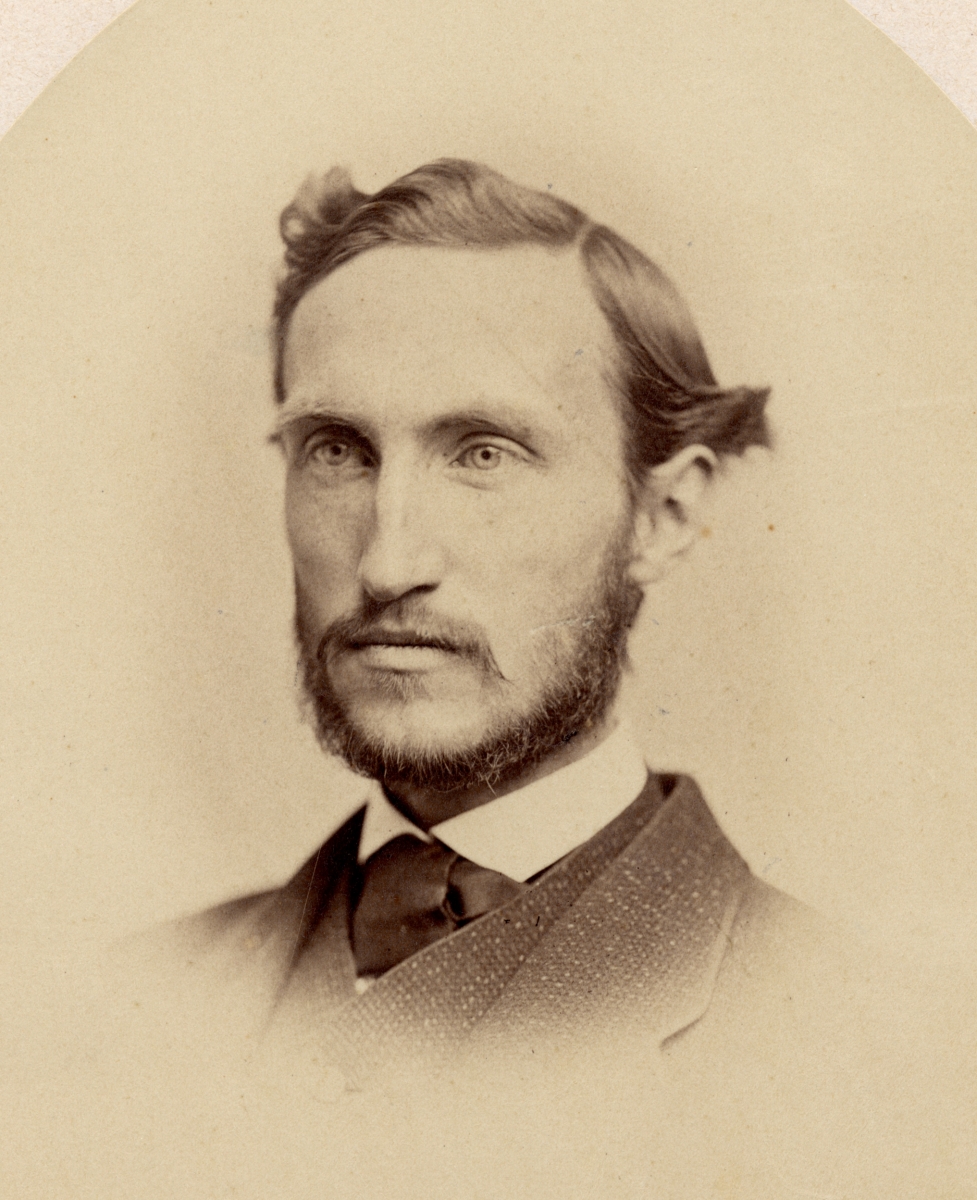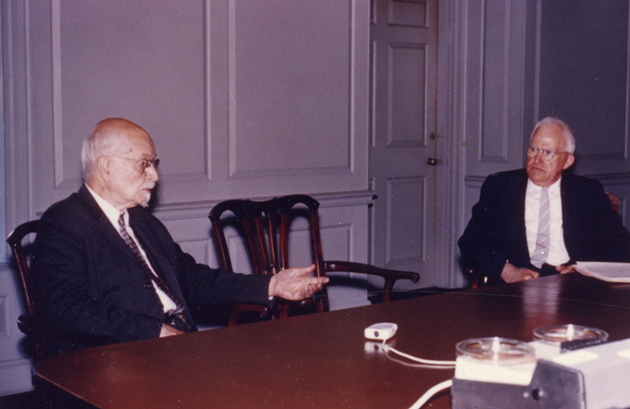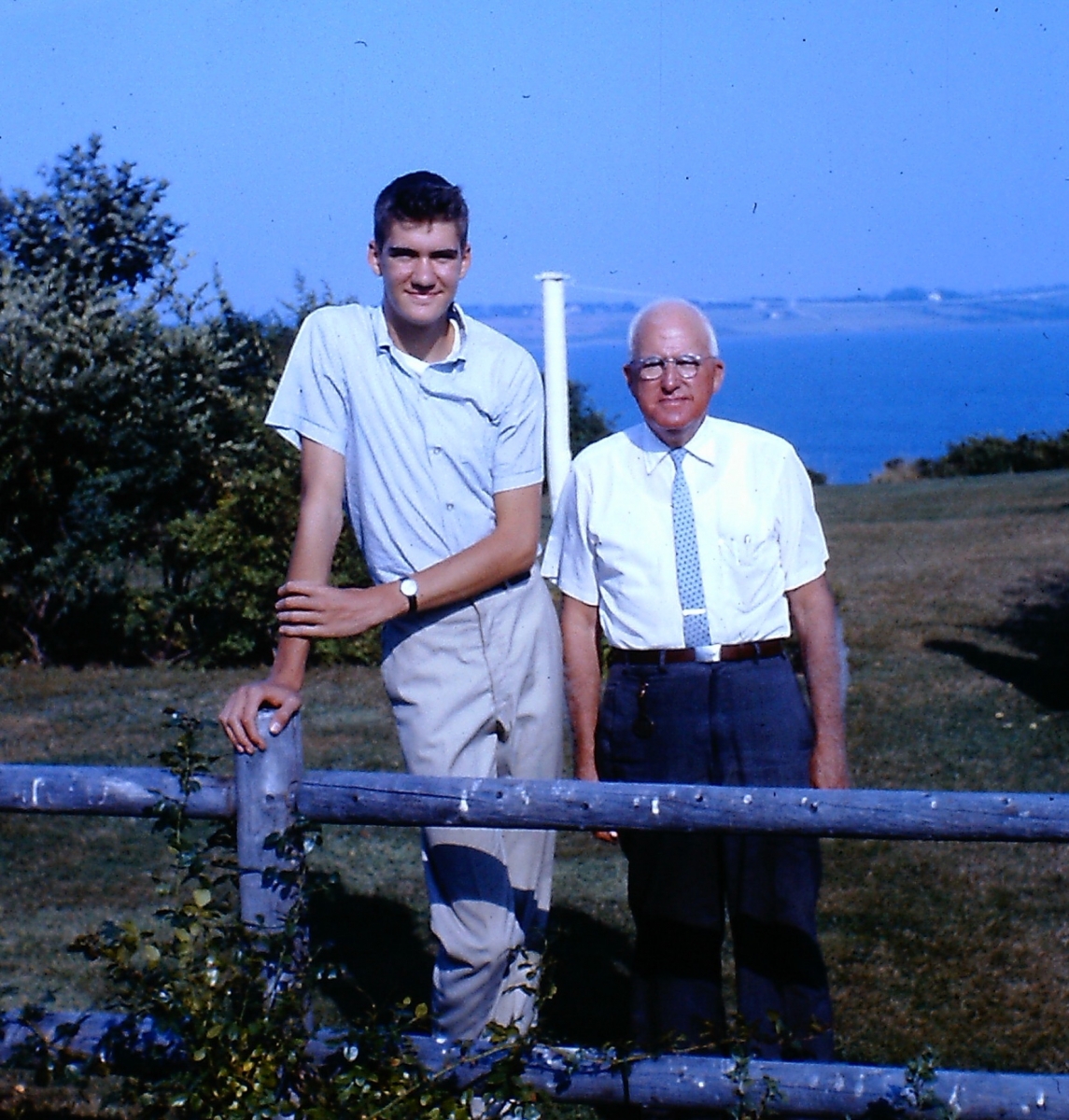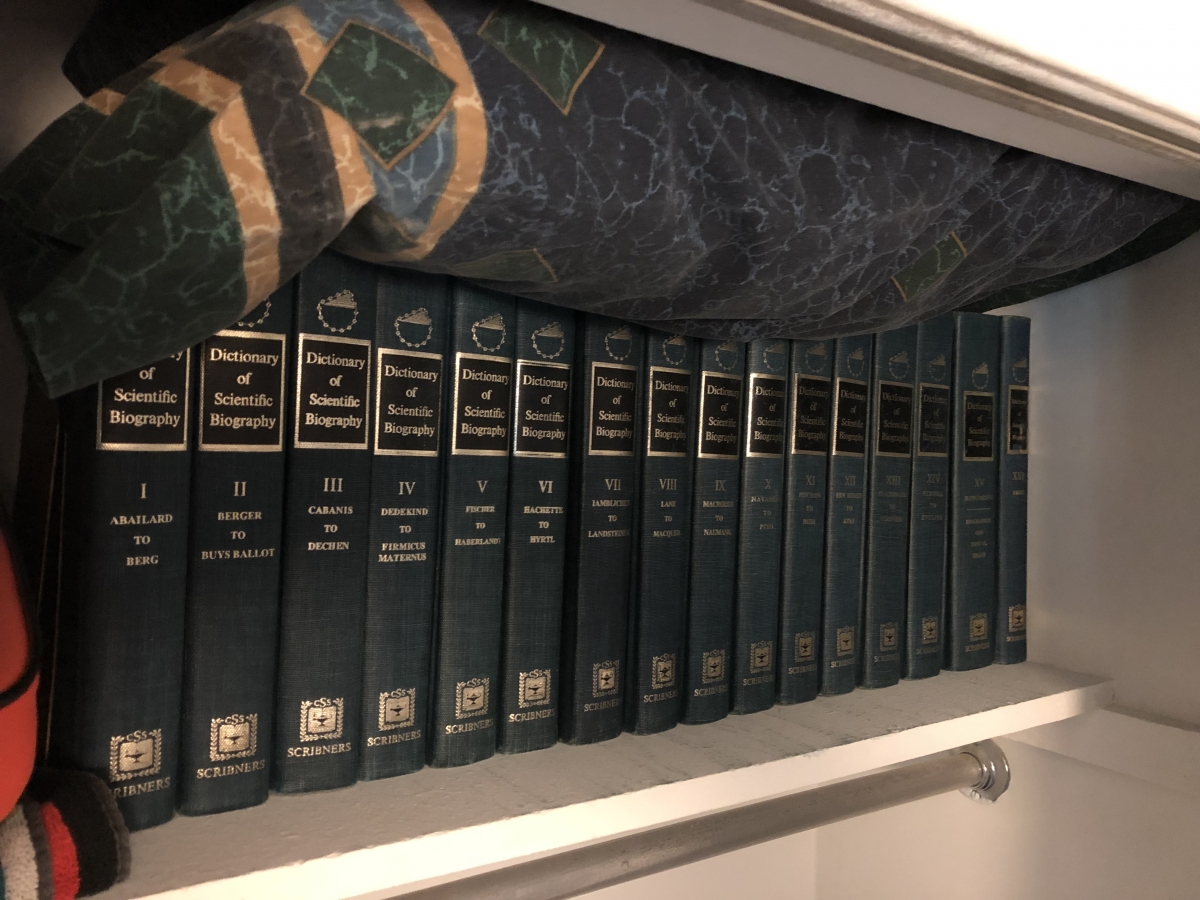- About MAA
- Membership
- MAA Publications
- Periodicals
- Blogs
- MAA Book Series
- MAA Press (an imprint of the AMS)
- MAA Notes
- MAA Reviews
- Mathematical Communication
- Information for Libraries
- Author Resources
- Advertise with MAA
- Meetings
- Competitions
- Programs
- Communities
- MAA Sections
- SIGMAA
- MAA Connect
- Students
- MAA Awards
- Awards Booklets
- Writing Awards
- Teaching Awards
- Service Awards
- Research Awards
- Lecture Awards
- Putnam Competition Individual and Team Winners
- D. E. Shaw Group AMC 8 Awards & Certificates
- Maryam Mirzakhani AMC 10 A Awards & Certificates
- Two Sigma AMC 10 B Awards & Certificates
- Jane Street AMC 12 A Awards & Certificates
- Akamai AMC 12 B Awards & Certificates
- High School Teachers
- News
You are here
Building a Book: HathiTrust, Ancestry.com, Serendipity, and Lifetime Interests – J. Willard Gibbs (1839–1903) and E. B. Wilson (1879–1964)
From early on in my work on Republic of Numbers, I had planned to devote a chapter to J. Willard Gibbs (1839–1903), the great mathematical physicist. Gibbs had considerable personal resonance for me, because he had had a student at Yale named E. B. Wilson (1879–1964), and Wilson, in turn, at MIT had had a student named R. Bruce Lindsay (1900–1985), my maternal grandfather, mentioned earlier. My grandfather had told me stories about Gibbs and Wilson. I was especially fond of Wilson’s succinct review of Gibbs’s masterpiece, Elementary Principles in Statistical Mechanics [Gibbs 1902]: “a little book, little read, because it is a little hard,” which inevitably found a place in my Gibbs chapter. Wilson and Lindsay always claimed that this quote was a rendering of a witticism by the great mathematician Henri Poincaré, but I knew enough French to doubt the faithfulness of the translation. In writing my chapter on Gibbs, I verified that Poincaré’s original 1905 statement (“un livre trop peu lu parce qu’il est un peu difficile à lire” [Poincaré 1970, 130]) packs less punch than the purported translation. Poincaré made no mention of the book being “little,” which would have required “petit” rather than “peu,” breaking the parallelism. I concluded that the wit was mainly Wilson’s.

Figure 19. Josiah Willard Gibbs, Yale College, 1858. Images of Yale Individuals,
ca 1759–2001 (inclusive). Manuscripts and Archives, Yale University. Public Domain.
Doing some desultory googling on Gibbs, I discovered a fact that I likely knew before, but had forgotten: Lindsay had conducted an oral history interview with E. B. Wilson in the 1960s. The interview had been conducted under the auspices of the American Institute of Physics (AIP), and the transcript was available online. When I began to read the transcript, I could immediately see that no knowledgeable person had ever proofread it; it was filled with incorrectly-spelled proper names and incoherencies. Moreover, there had actually been two interviewers: Lindsay, and another physicist named James King. The transcriber had been unable to distinguish Lindsay from King. It struck me that I (who well recalled my grandfather’s voice) was the ideal person to review the original tapes and revise the transcript.
I contacted the AIP, now in nearby College Park, Maryland, and offered my services. I was rather expecting that I would be required to review the tapes at their facility. That might have been the case decades ago, but it was now 2016, and the tapes had been digitized. The AIP simply emailed me a set of mp3 files of the interview, which I could listen to at my leisure in front of my own computer. Having had experience with transcribing cassette tape recordings in the early 2000s, I appreciated the advantages of mp3 files. It was now no problem to listen repeatedly to a section of the interview by “rewinding,” with no fear of damaging the recording media. Figure 20 shows that the interview was conducted using reel-to-reel tape-recording technology, a predecessor to the cassette tape.
Right at the beginning, I discovered that the AIP had mislabeled the date of the interview. It was not June 1963 but June 1964. I could confirm this because I was in possession of Lindsay’s diaries, kept religiously every day from 1937 to 1985. The new date meant that Wilson had died only about six months after the interview.

Figure 20: E. B. Wilson (left), being interviewed by R. Bruce Lindsay,
Brown University, Providence, Rhode Island, June 3, 1964.
Emilio Segrè Visual Archives, American Institute of Physics.
Listening to the interview was an extraordinary experience. It was like entering a time machine to hear again the voice of my grandfather, then 64, talking to a vigorously alert 85-year-old Wilson, whose memories stretched all the way back to the 1880s. Wilson, one of the most intellectually versatile scientists of his time, was also a masterly academic politician, and he knew everybody who was anybody in physics and mathematics of the early 20th century, both here and abroad. The interview was a gold mine of information, both about Gibbs and about Wilson himself. And so it came to pass that Republic of Numbers contains chapters on both of them.
One fact about Wilson that he explicitly stated in the interview, and that I made a point of clearly expressing in my book’s chapter on him, is that although he indubitably established a close intellectual connection with Gibbs at Yale, and took courses with him, Wilson’s doctoral advisor was geometer Percey Smith. It was not Gibbs, as incorrectly reported in Wikipedia and the Mathematics Genealogy Project. Here is another case where someday I really must take action to correct those sites.

Figure 21. David Lindsay Roberts (left), with R. Bruce Lindsay,
Portsmouth, Rhode Island, August 1966. Photo in possession of David Lindsay Roberts.
Both Gibbs and Wilson have entries in the great monument of 1970s history of science scholarship: the Dictionary of Scientific Biography (DSB) [Gillispie 1970]. It was easy for me to consult these entries in the old-school manner, because I own the original sixteen hardback volumes. They are stored on a shelf of our linen closet, underneath a spare pillow, as the reader will see in Figure 22. How did I come to own the DSB? Because I had inherited it from my grandfather Lindsay, who had authored several entries. Whether he got the set for free or merely at a cut rate I do not know. Perhaps the facts are buried somewhere in his diary.

Figure 22. Dictionary of Scientific Biography, owned by David Lindsay Roberts. Photo by David Lindsay Roberts.
The Wilson entry in the DSB, written by Norman Gridgeman and Saunders Mac Lane, alerted me to a fuller account, by Jerome Hunsaker and Mac Lane, in the Biographical Memoirs of the National Academy of Sciences. These rich sources of information are now conveniently available online. Reading the Hunsaker and Mac Lane biography of Wilson carefully from beginning to end, I discovered a passing reference to Wilson’s late-life connection with the Tobacco Industry Research Committee, unmentioned in the Lindsay interview. Plugging this into my search engine led me to Tobacco Industry Research Committee - SourceWatch, set up by a watchdog group, the Center for Media and Democracy. Persistent exploration of this site, created with no special thought for the history of mathematics, yielded revealing correspondence from Wilson regarding his defense of the tobacco industry. It could not be ignored in my Wilson vignette.
David Lindsay Roberts (Prince George’s Community College), "Building a Book: HathiTrust, Ancestry.com, Serendipity, and Lifetime Interests – J. Willard Gibbs (1839–1903) and E. B. Wilson (1879–1964)," Convergence (January 2022)




